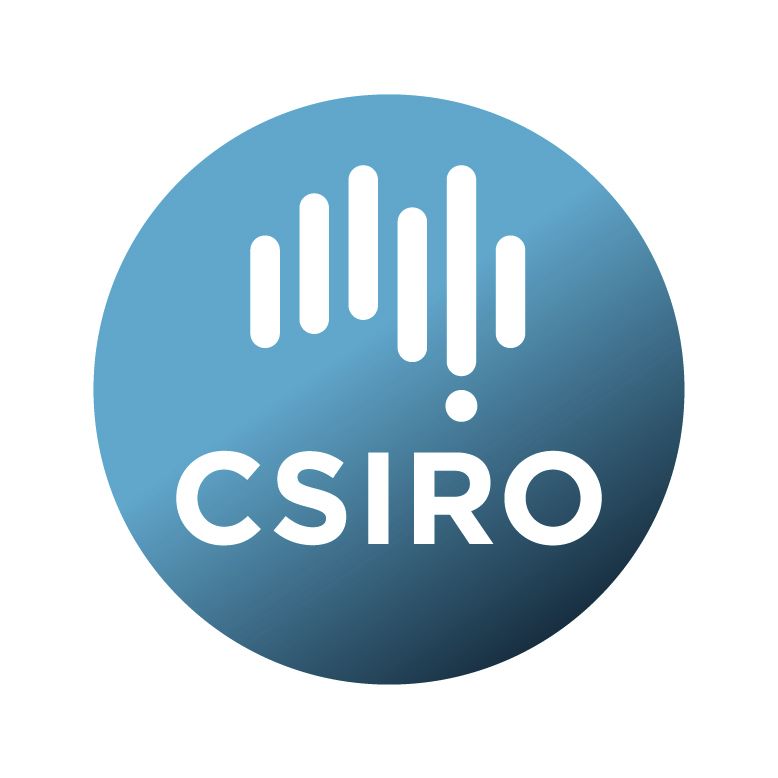Brief description
In the fast-moving world of Fast Radio Bursts (FRBs), the key question of what fraction (as high as 100%?) of FRBs emit repeat bursts remains unanswered. Of order 10 repeating FRBs are now known, and their spectro-temporal properties hint at differences with apparently non-repeating bursts - but poor statistics preclude a definitive diagnosis. FRB 180301 is a promising source for further study for multiple reasons: it is the first repeating FRB seen by the FAST telescope, and has the second-highest rotation measure ever seen for a FRB (after the original repeater, FRB121102). We request Parkes observations with the UWL to characterise the broadband emission properties of this FRB, with the following key goals: to constrain the repetition rate, identify any variation of pulse characteristics over time, and provide insight into the emission mechanisms. In its initial detection, FRB 180301 was poorly fit by regular Faraday rotation models, and showed significant circular polarization, which may indicate the progenitor is embedded in an extreme magneto-ionic environment with complex field structure that has not been seen before. These observations will generate a large data volume. We will use the Medusa backend in parallel with the Breakthrough Listen data recorder (BL), and will transfer data to BL immediately after observations.These data will be used by P. Kumar to prototype a FRB pipeline for the UWL, that will be made broadly available for similar studies.Available: 2020-11-19
Data time period: 2020-04-01 to 2020-09-30
Subjects
Astronomical Sciences |
Astronomical Sciences Not Elsewhere Classified |
P1068_2020APRS |
Physical Sciences |
transients |
User Contributed Tags
Login to tag this record with meaningful keywords to make it easier to discover
Identifiers
- DOI : 10.25919/Y1ZX-1Y57

- Local : 102.100.100/385580


